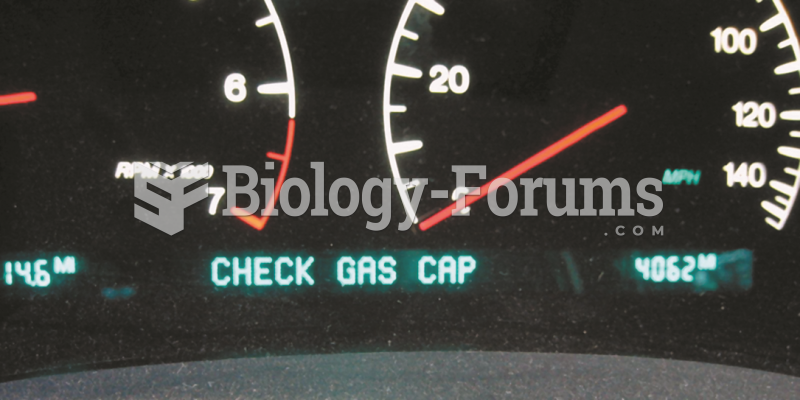|
|
|
Many people have small pouches in their colons that bulge outward through weak spots. Each pouch is called a diverticulum. About 10% of Americans older than age 40 years have diverticulosis, which, when the pouches become infected or inflamed, is called diverticulitis. The main cause of diverticular disease is a low-fiber diet.
Bacteria have been found alive in a lake buried one half mile under ice in Antarctica.
In Eastern Europe and Russia, interferon is administered intranasally in varied doses for the common cold and influenza. It is claimed that this treatment can lower the risk of infection by as much as 60–70%.
In 2010, opiate painkllers, such as morphine, OxyContin®, and Vicodin®, were tied to almost 60% of drug overdose deaths.
The Romans did not use numerals to indicate fractions but instead used words to indicate parts of a whole.
 Paper disks containing various antibiotics are placed on a bacterial culture. If the bacteria are ...
Paper disks containing various antibiotics are placed on a bacterial culture. If the bacteria are ...
 Religion often helps immigrants adapt to their new culture. What indications of this do you see in ...
Religion often helps immigrants adapt to their new culture. What indications of this do you see in ...





